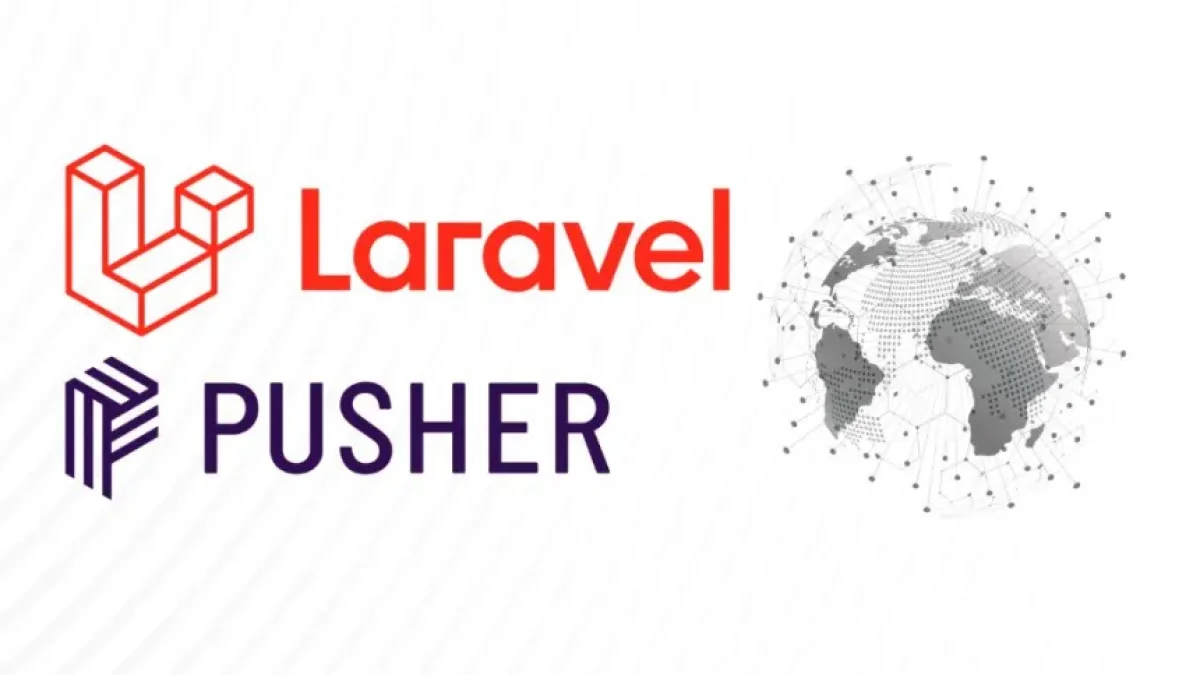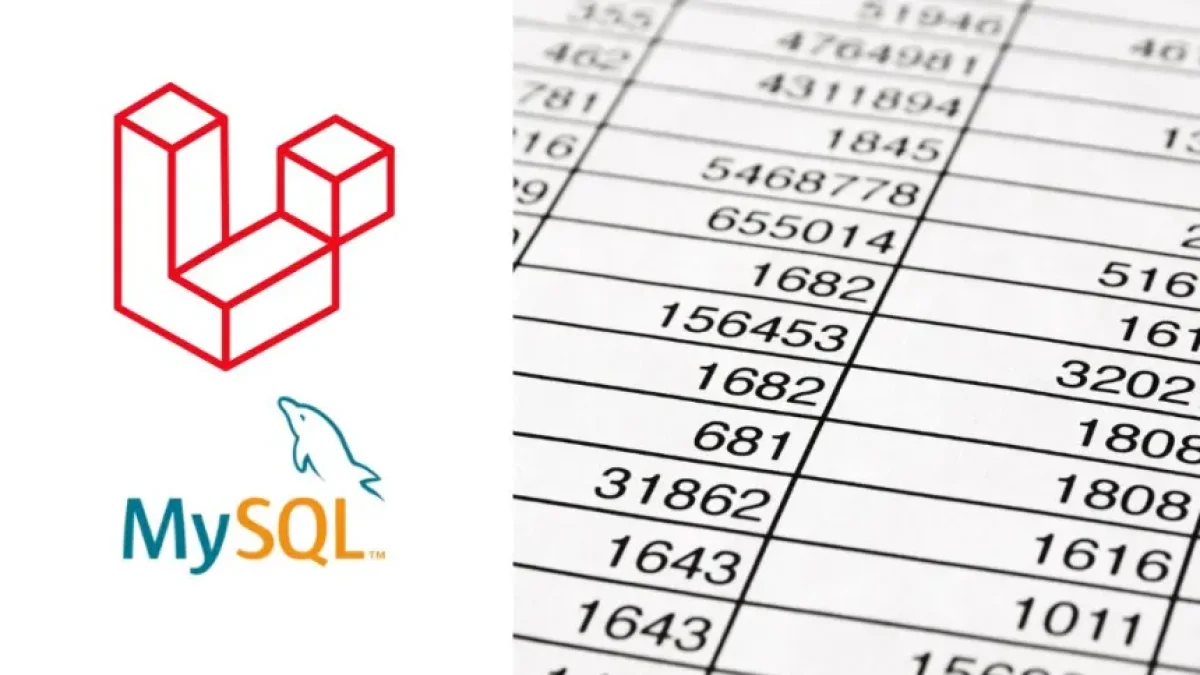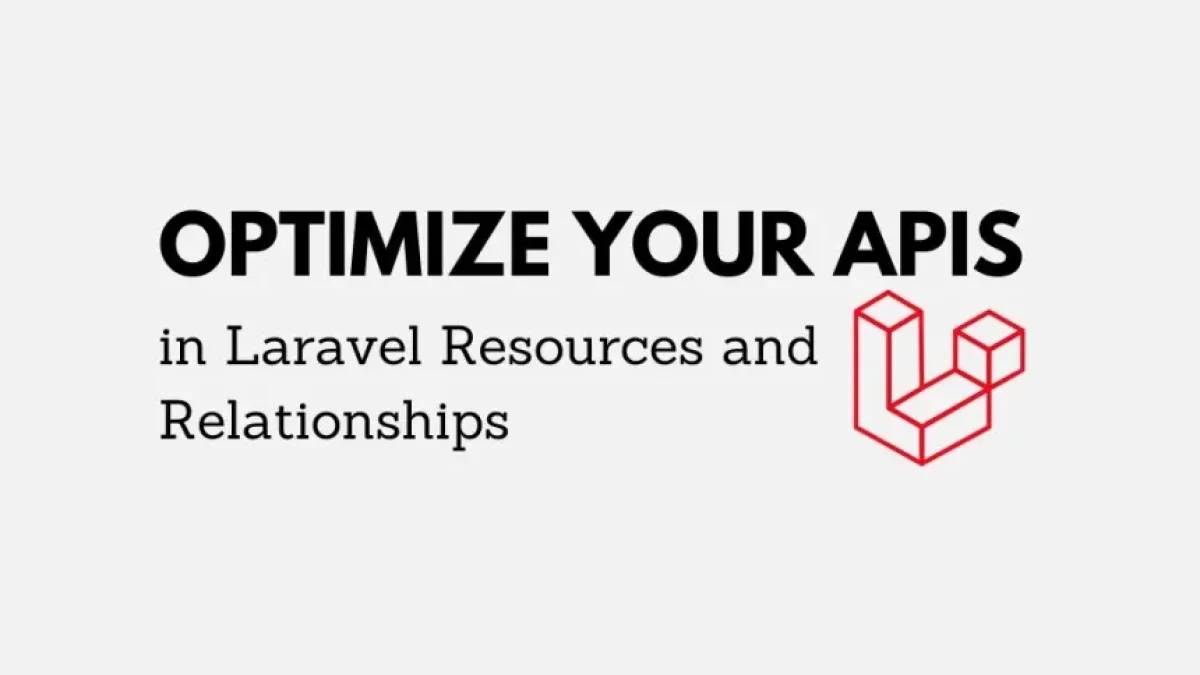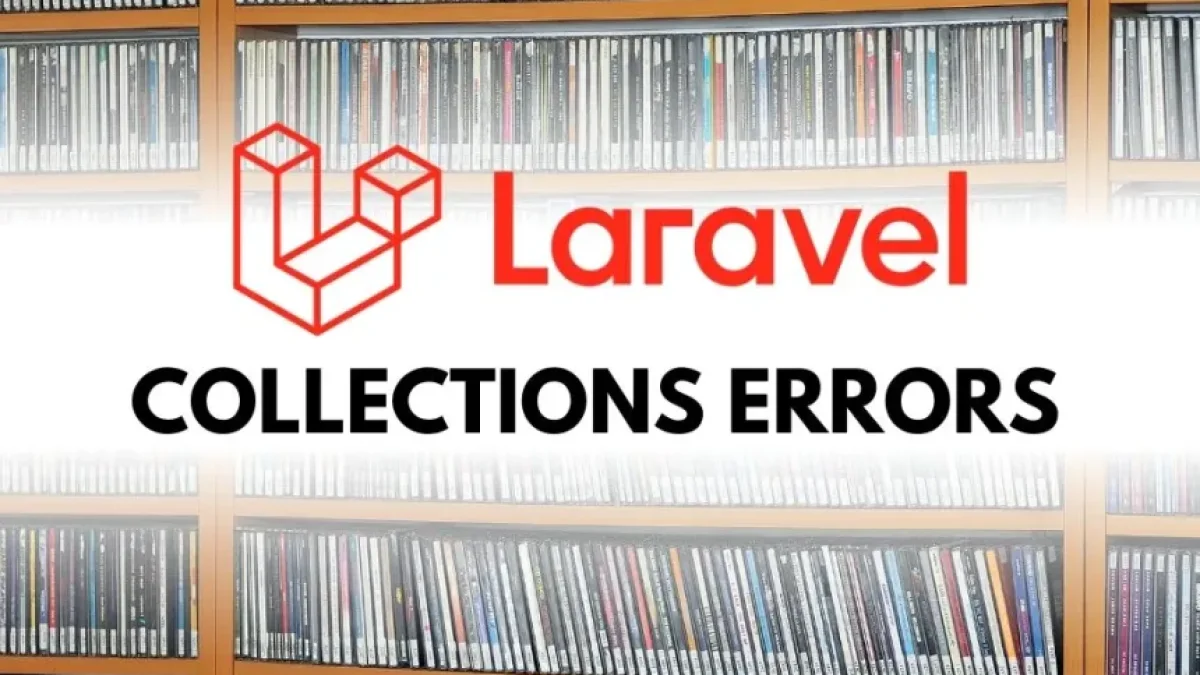Integrating YOLO predictions into your Laravel project.

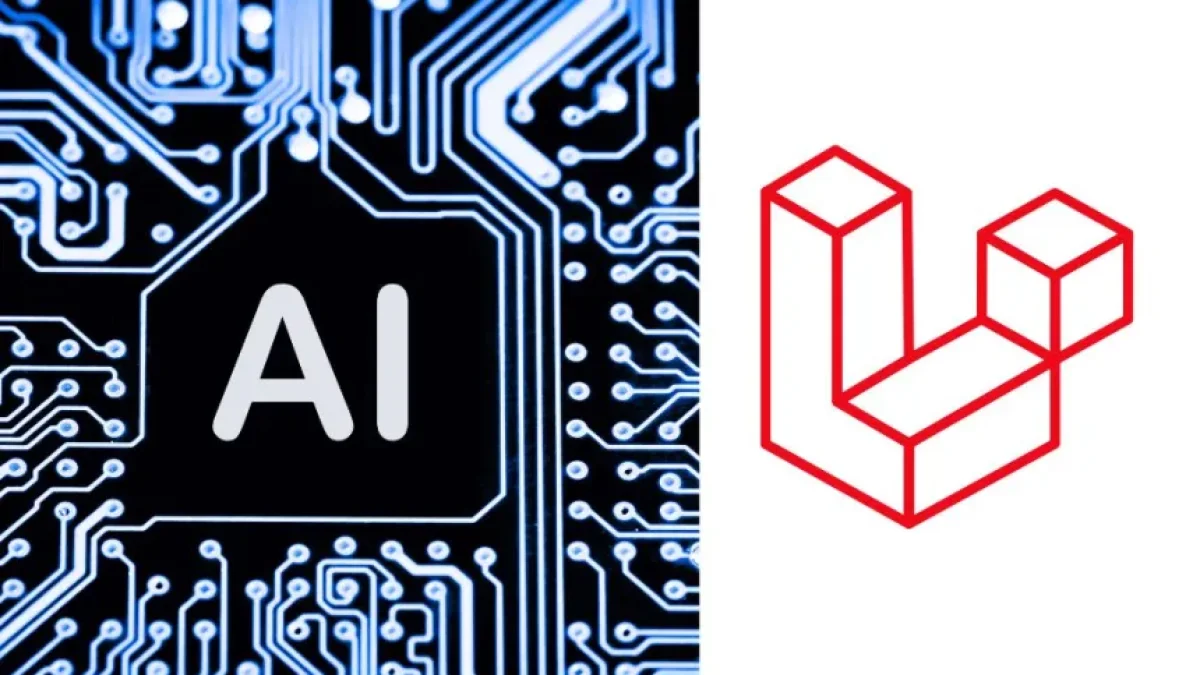
If you are interested in web development and new technologies, this article will provide you with a practical guide to integrating YOLO (You Only Look Once) predictions into a project developed with Laravel. YOLO is an artificial intelligence model commonly used for object detection in images and videos, and combining it with Laravel can significantly enhance the capabilities of your applications.
What is YOLO and Why Use It?
YOLO is one of the most popular algorithms for object detection. Its main advantage lies in its speed and accuracy, making it an ideal choice for real-time applications. Applications such as surveillance, object identification in images, and automation of industrial processes have started to integrate this type of technology.
Integrating YOLO into a Laravel project will allow you to efficiently identify objects in images in real time, which can be very beneficial depending on the focus of your application.
Prerequisites
Before starting the integration, it is important to have certain prerequisites:
Read also
- Basic knowledge of PHP and Laravel: Familiarity with the structure of Laravel and its routes is essential.
- Laravel Installation: Ensure you have Laravel installed in your development environment.
- Configured development environment: You can use XAMPP, Laravel Valet, Homestead, among others.
YOLO Installation
To integrate YOLO, you first need to clone it and prepare the environment. A recommended approach is to use Python and the OpenCV framework, which facilitates working with images. Below are the basic steps to carry out this installation:
Step 1: Clone the YOLO repository
Access your project's terminal and execute the following command to clone the YOLO repository:
git clone https://github.com/pjreddie/darknet.git
Step 2: Compile the YOLO project
Navigate to the Darknet directory and compile the project using the following command:
Read also
make
Make sure you have all the necessary dependencies installed, such as OpenCV.
Step 3: Test the installation
Run a test script to verify that YOLO is working correctly. You can use sample images for this validation.
Integration with Laravel
Once you have YOLO up and running, the next step is to integrate it with your Laravel project. Here’s a summary of what you need to do:
Step 1: Create a route in Laravel
Define a new route in routes/web.php to handle image analysis requests.
Route::post('/analyze', 'ImageController@analyze');Step 2: Configure the controller
Create a controller that will handle receiving the image and passing it to YOLO for analysis. The controller can use the following basic code:
public function analyze(Request $request) {
$imagePath = $request->file('image')->store('images');
// Call the YOLO function to process the image
$results = $this->yolo->process($imagePath);
return response()->json($results);
}Step 3: View for uploading images
Create a simple view that allows users to upload images. You can use the following code to create a form:
<form action="/analyze" method="POST" enctype="multipart/form-data">
@csrf
<input type="file" name="image" required>
<button type="submit">Analyze Image</button>
</form>Testing and Results
Conduct tests by uploading different images and verify the results that YOLO returns to your Laravel application. If necessary, adjust the model parameters to obtain better results in object detection.
Conclusion
Integrating YOLO predictions into a Laravel project is not only possible but can also provide significant value to your applications by allowing for a more dynamic interaction with users. With the steps mentioned, you can now start experimenting with this powerful combination of technologies.
For more news and articles about web development and technology, I invite you to explore more content on my blog.

